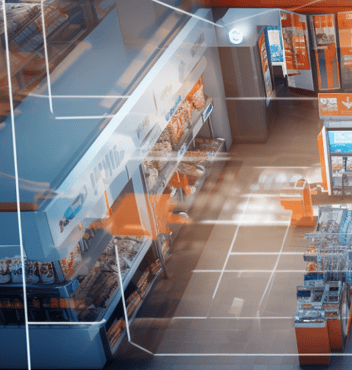Often times, marketers start out hoping to avoid the phenomenon known to behavioral scientists as Hobson’s Choice. This scenario presents individuals with a single choice, prompting them to focus solely on whether or not they want that specific item. In contrast, when given two or three options, the decision-making process shifts to evaluating which option they prefer. Marketers often consider this principle when crafting campaigns, aiming to guide consumers towards making the desired choice by presenting multiple options.
However, the adage "less is more" holds true in many cases, as exemplified by a study conducted by psychologists Sheena Iyengar and Mark Lepper. Their research involved setting up a sampling table in a supermarket where shoppers could taste different jam flavors. Surprisingly, despite more people being attracted to the table with 24 jam flavors, the study revealed that fewer purchases were made compared to when only 6 flavors were available. In fact, the smaller jam array converted nearly 10x the number of jam buyers (Harhunt, 2022).
No two categories are the same, and certainly no two campaigns are either. That’s why it’s essential to test different configurations. For VideoMining’s Behavior Labs™, that sometimes means A/B testing a single endcap with the same pricing, same messaging, same signage...but different number of SKUs.
In one such Lab, we tested the shopper response, and corresponding category performance, for a frozen food aisle endcap that featured, at different times, 2, 3, 4, and 5 different categories. The results indicated that the strongest buyer index was generated off of the 2-category endcap, and the performance dropped further and further with each additional category added to the mix.
This type of Behavior Lab™ can help category managers and shopper marketers identify best practices for future campaigns, and give them concrete evidence to support when to push back on displays that are on their way to becoming everything to everyone. Display diagnostics are a helpful tool to make sure you are putting your investment in the right places, and giving the right share of headspace (and available shelf space) to the right products.
Want to see other examples of Behavior Lab™ findings? Click here to browse our past Nuggets.




